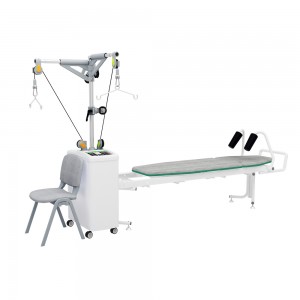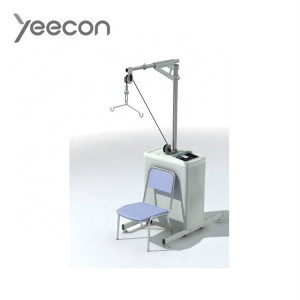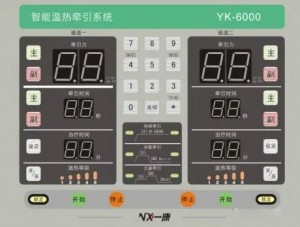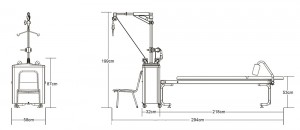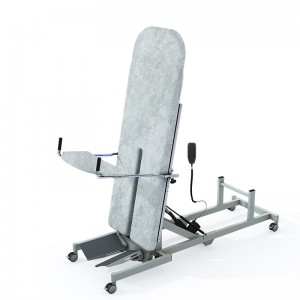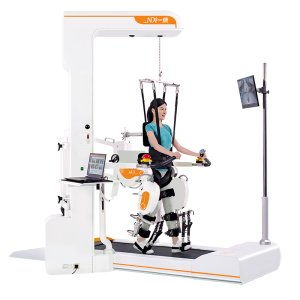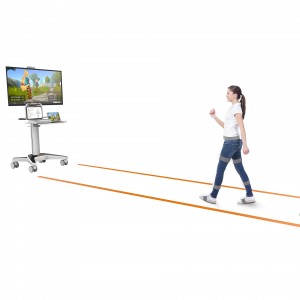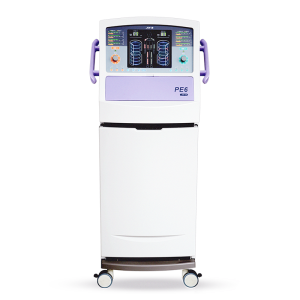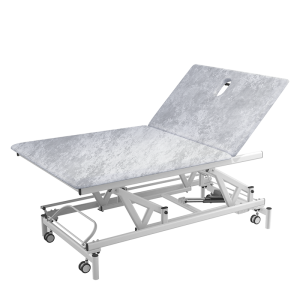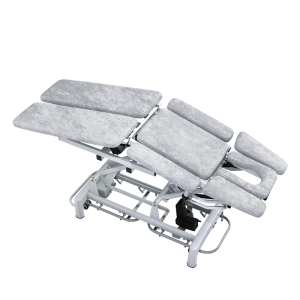cervical and lumbar traction table for physiotherapy Rehabilitation
Design Principle
Reduce the press burden of lumbar and cervical vertebra to normal degree.
Adaptation diseases
• Cervical spondylosis
• Cervical disc herniation
• Cervical disc degenerative osteoarthritis
• Cervical muscle spasm
• Intervertebral joint disorder syndrome
• Cervical artery distortion
• Neck ligament diseases
• Cervical spontaneity subluxatoin and luxatoin
• Lumbar disc herniation
• Lumbar disc synovium incarceration and small joint disorder caused by acute and chronic waist
damage.
• Lumbar vertebra functionality side bending.
• Lumbar vertebra retrogressive(hypertrophic) osteoarthritis.
• Some parts of lumbar spinal stenosis etc.
Function
•Two output channels with independent operation and two patients can be treated at the same time
without interference.
•Continuous traction, main & sub traction and interval traction.
•The traction force range is 0~99Kg which can be adjusted during treatment without system closing
down.
•Automatical compensation: the micro computer will control the driven motor to compensate the
force immediately when the traction force deviates the preset value caused by patient’s accident
motion. Thus, the traction force is constant which guarantees patient’s safety.
•Adopt steel wire drive system which is durable.
Safe guarantee
Emergency stop switch is equipped.
Adopt double color nixie tube which makes the operation convenient.
Preset value locking function: The set traction force and traction time can be locked. Thus, the set value will not be changed since misoperation.
Automatical fault detect
•The fault is showed by different codes and the treatment will be stopped. Treatment cannot be
started again until the fault is removed.
•Dysfunction alarm which is showed by different codes.
•Abnormal operation detection circuit.
Heating function
• The neck and waist can be heated when traction.
• The heating parts of neck and waist are recognized intelligently.
• The heating temperature can be adjusted accurately.
• Neck and waist heating pack.
What’s the Therapeutic Effect of the Gait Training Robotics?
2, effectively inhibit and alleviate spasms and improve joint mobility;
3, dynamic weight support, enhance the proprioceptive input, maintain and improve muscle strength.
What Features Does the Gait Training Robot Have?
1, Design according to the normal gait cycle;
2, Imported servo motors – precisely control the joint movement angle and walking speed;
3, Active and passive training modes;
4, The guiding force is soft and adjustable;
5, Perform gait correction abnormal gait habits by gait offset;
6, spasm detection and protection;
7, suspension system has two support modes: Static support: suitable for vertical lifting and landing, making it easy to transfer patients from wheelchair to the standing state. Dynamic support: dynamic adjustment of the body’s center of gravity in the gait cycle.
8, patent treadmill – The speed of the treadmill and the gait corrector are automatically synchronized; The lowest speed is 0.1km/h, suitable for early rehabilitation training; The treadmill can work as a cushion that protects patients’ knees and ligaments.
9, virtual scene feedback training – enhance the enthusiasm of training, reduce the boring treatment, and promote the recovery process of patients.
10, software – establish patients’ database to record treatment information and treatment plans; The treatment plan is adjustable to achieve precise control and accurate recovery; Display the patient’s leg resistance curve in real time; Real-time monitoring of leg active and passive training, monitoring the patient’s active force situation.








